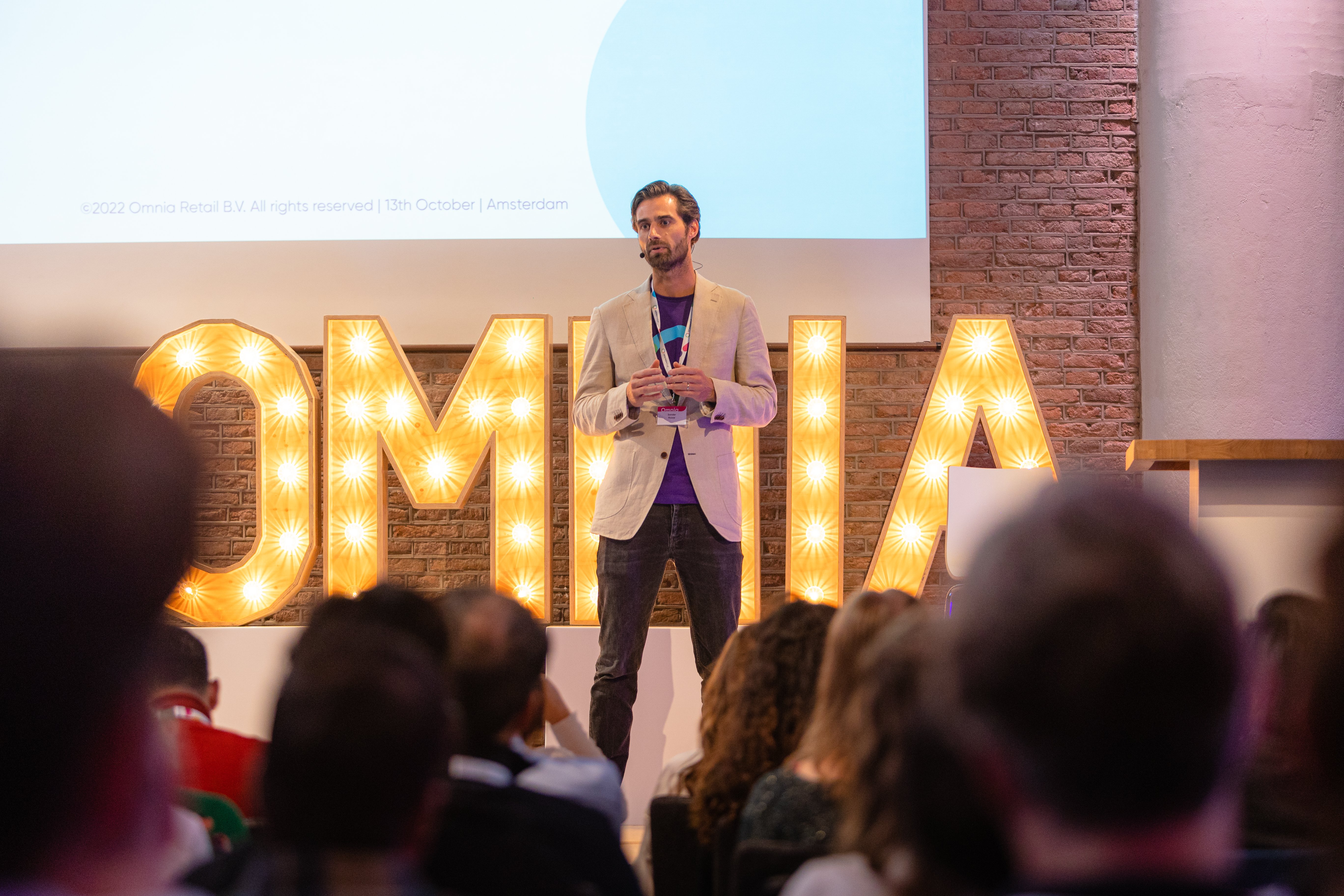Europe’s greatest minds in e-commerce, pricing, retail, and consumer psychology converged on Saint Olof’s Chapel in Amsterdam on Thursday 13 October 2022 to share their knowledge in an exciting panel discussion event, hosted by Omnia Retail. As the leaders of pricing software across Europe, creating the annual event for Omnia’s clients allows a way for each client to remain on top of their pricing strategies, e-commerce trends, as well as the ability to meet consumer demands. Find the full event recording below.
The event included six keynote speakers from various sectors in retail who shared insights and valuable knowledge in economics, inflation, e-commerce, pricing and consumer psychology.
The speakers included Professor Hermann Simon, the leading pricing consultant who founded Simon-Kucher & Partners, and the author of over 40 books on pricing and business. David Sloff, the Commercial Director of Northern Europe at Diageo; Dr Heleen Buldeo Rai, a researcher at the Université Gustave Eiffel in Paris; Patrick Fagan and Dan Thwaites, the founders of Capuchin Behavioural Science; and Aline Schuiling who is Senior Economist Eurozone at Group Economics of ABN AMRO Bank. The event was moderated by Suyin Aerts and Omnia Retail’s Founder and CEO Sander Roose took to the stage to welcome event attendees and also took part in the concluding roundtable discussion at the end of the event.
Aline Schuiling discusses current and future inflation
This year, inflation across Europe has been the top issue on the minds of ordinary citizens, making it an important topic to delve into when discussing pricing strategies. Schuiling, who, as mentioned above, specialises in economics, shared an eye-opening statistic: “In Europe, energy prices are 40% higher than they were a year ago.” However, European consumers have not been left alone to deal with price increases. ”The good news is that European governments are contributing to offset the cost of gas to protect households and businesses,” says Schuiling, with Germany in the lead contributing 6.5% of their GDP. “Earlier this year, France already capped the cost of electricity and gas, and although their inflation is not zero, this shows you how governments can help,” says Schuiling.
Despite high inflation being the order of the day today, Schuiling and her team of economists have positive predictions for the next two years: “From now and until 2024, the European Central Bank aims to anchor inflation at 2%, which is a steady decline from 10.1% in 2022.”
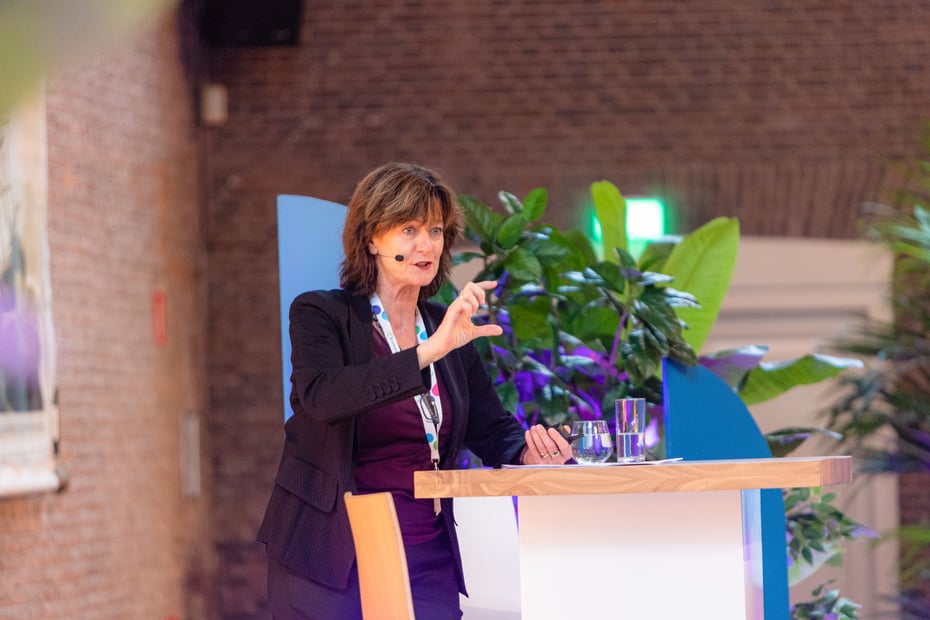
How retailers can use consumer psychology to increase sales
Speaking on the intersection of data, consumer psychology and e-commerce, Dan Thwaites and Patrick Fagan, co-founders of Capuchin Behavioural Science, took the stage to share how they help clients achieve commercial goals by influencing the minds of consumers. To showcase how specific, data-driven and science-backed their work is, Patrick shared how people who have a shorter name or nickname are viewed as more cheerful and popular. Another study they shared on how you can manipulate perceptions of yourself is wearing glasses, as studies have shown that people who wear glasses are viewed as being smarter and more reliable.
So, how do these behavioural effects result in increased profits for brands? “Guiness, the beer brand, saw an increase of sales by 25% just by creating the Guiness beer glass and having large cardboard signage in the aisles. These act as slight nudges to influence a consumer’s purchase behaviour,” says Patrick.”Even products that are the colour orange see an increase in sales around Halloween time, like Reese’s peanut butter cups, because people are seeing orange everywhere and this acts as a subtle nudge,” he continues. “A study was done to show the influence of incidental cues on our perceptions and behaviours when a bottle store played different kinds of music while a consumer looked for wine. The amount spent on wine was more than double when classical music was played versus pop music,” Patrick shared. Other tactics to increase sales is to add phrases like “special purchase” or “everyday low price” next to the price to insinuate that this is a good deal.
Capuchin’s strategies are based upon proven studies that have shown how consumers can spend more or less under certain conditions. There is empirical evidence for an intertemporal substitution effect, where people spend more money today because they expect goods to be more expensive tomorrow. Another study was shared on the anchoring effect which shows how prices may look more attractive when placed to something more expensive. For example, a luxury car is seen as more affordable when placed next to a luxury yacht. Another study based on the decoy effect allows retailers to place a decoy product that’s expensive next to the product they actually want to sell. Suddenly, the price of that product doesn’t seem so high when compared to the decoy. Lastly, an interesting study on numerical cognition shows how consumers see prices with lots of zeros as being higher. So, retailers could price a product at €4,655.00 instead of €4,000.00 and the lower price with the zeros may be perceived as being higher.
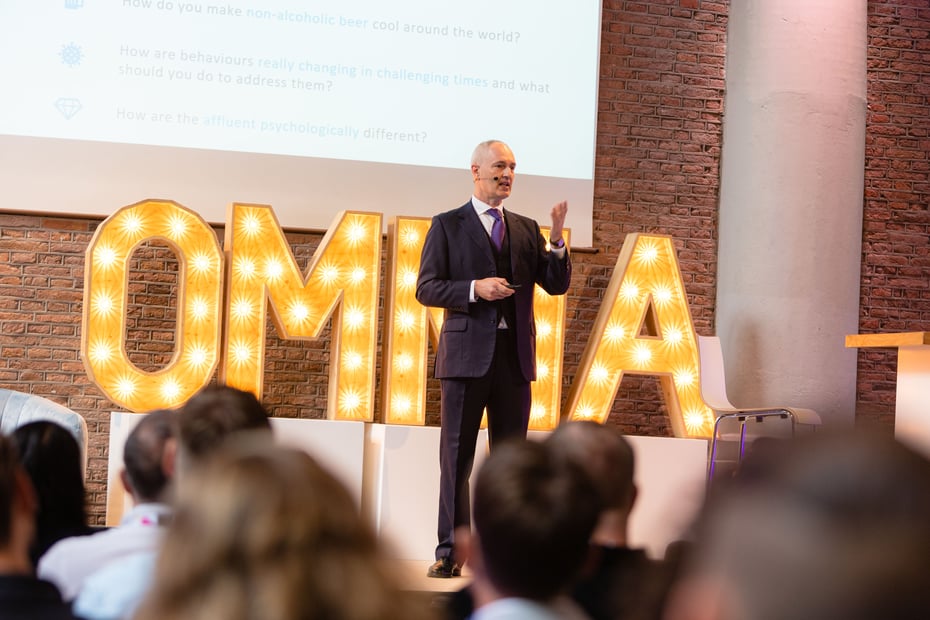
Can e-commerce become fully sustainable?
Dr Heleen Buldeo Rai, a researcher at the Universite ́ Gustave Eiffel in Paris, is interested in sustainable e-commerce and urban logistics and how online retail can work toward a greener industry in the future. Her keynote included 10 insights that retailers and brands would find interesting. “By 2025, about 30-50% of everything we buy will be done online. And so, it is time for us to look at ways to organise the e-commerce supply chain in a more sustainable way,” says Dr Buldeo Rai. “Online shopping produces 4x less carbon dioxide emissions versus traditional store shopping,” says the researcher, but home delivery still remains the most impactful part of the e-commerce journey on the environment, meaning retailers should consider offering new delivery options like collection points to lower their environmental impact. Dr Rai and her team found through an experiment that 59% of online shoppers would opt for a slower delivery method if the website had a “did you know” information box sharing that if they are given more time to group parcels, the environmental impact of delivering this parcel will be lower.
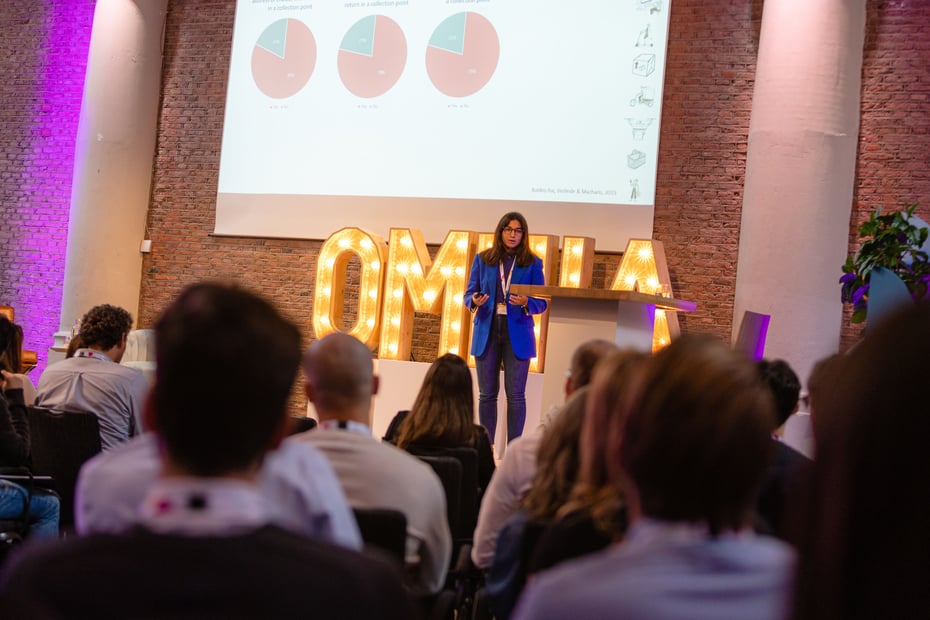
Brand and retailers share more than they think, and shouldn’t be arguing with one another, says David Sloff
As the Commercial Director of Northern Europe at Diageo, David explored the different perspectives a brand and retailer can have on the term “price”. He opened up about the complexity of different definitions of pricing, depending on the lens you are using to look at pricing. In his role as a brand owner for various consumer brands at P&G, such as Ariel and Braun, he stresses that it’s important to distinguish which price we are taking and, secondly, what goals one has when setting prices.
On the topic of how brands should approach the Goliath that is Amazon, David recommends that brands shouldn’t fight the “Amazon-machine”, but sit and write down a strategy on how to control variables and keep them all consistent and fair with other retailers.
Lastly, when talking about the intersection between brands and retailers, David says it’s all about the question of “How much value do we share?” And now, more specifically, “How much of the inflation do we share? We see more fights between brands and retailers but it's so important not to forget the goal of serving consumers,” he says. More good advice from David included focusing on value creation thinking in the mid-to-long term.
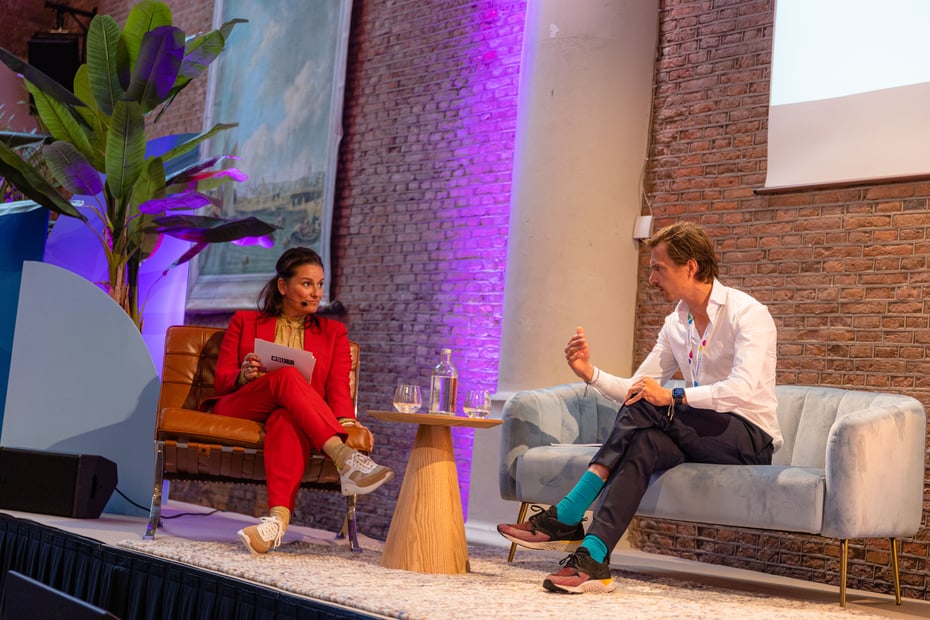
Prof Hermann Simon explains the importance of goal-setting and true profit
The last keynote speaker to present was Professor Herman Simon who is the Founder of Simon-Kucher & Partners and is the leading pricing consultant. He began by posing the question, “What is true profit?” In addition to defining it as the money made after all overheads, debts and contractual obligations are paid, Prof Simon goes on to share what the true profits are of food retailers, e-commerce platforms like Amazon, and tech companies. True profit for food retailers remained between 2-3%, while tech companies like Apple had profits in the mid-20 percentages and up. The point, for Prof Simon, is that the gap between “winners and losers” is growing “as some companies are getting it right and some aren’t” when it comes to choosing the right goals. According to Prof Simon, “profit orientation is the only meaningful goal because it is the only one that observes both the market side and the cost side. Elimination of profit killers is the most effective way to profit improvement. This especially applies to price wars and overcapacities, since they are the most dangerous profit.” When a profit driver is improved by 1%, Prof Simon surmises that the result is that the profit multiplier of price is 10, the cost is 6, for volume is 4.
On the topic of inflation, Prof Simon says that it is essentially the decreasing value of money and for companies to survive and grow, they need to “get the cash in as quickly as possible and then spend it as quickly as possible.”

The event concluded with all speakers joining Suyin and Sander on stage for further discussion on some of the key points made.
“We know that these are very challenging economic times, but the exciting thing is that we really believe that pricing matters more than ever and can really help you win in the market, and we’re happy that you’ve chosen Omnia as your partner to achieve that,” concludes Sander.
Stay posted for more business and commerce content or follow us on our LinkedIn page!
